We recently reported that Pakistani consumers are being sold the lowest quality of petrol in the world and that the government urgently needs to regulate oil companies, forcing them to upgrade their petrol quality.
In light of this, a new partial agreement between Pakistani oil marketing companies (OMCs) and oil refineries is reportedly reached which is set to introduce higher grade petrol in the country. The higher quality petrol is expected to cost more as well.
Hurdles to Petrol Quality Improvement in Pakistan
Pakistan has been using 87 RON petrol for over two decades. The oil industry and the government have been in discussions over the quality of petrol for a long time.
While some OMCs wanted to offer multiple petrol qualities in Pakistan, the government outright rejected their proposal. Other than that, oil refineries found the investment too expensive and opposed the proposal on the grounds of being financially and qualitatively unsustainable.
Some companies went so far as to propose selling lower grade petrol as a new more premium variety, a rather cheap tactic to say the least. They justified this move under the pretext of high investment costs to bring the new petrol variety to Pakistan.
Local oil refineries have proven to be the biggest resistance towards the upgrade to better petrol quality in Pakistan. They call the upgrade an “expensive switch-over”. The refinery owners have been promised price compensation in return for the upgradation process.
This Brings Us to the Current ‘Partial’ Agreement
Under the reported agreement, it has been decided that the price of kerosene should be rationalized in order to discourage its adulteration into hi-speed diesel (HSD).
All sides have partially agreed to replace 87 RON petrol with 92 RON petrol. High Octane Blending Component (HOBC) rated at 95 RON will be improved to 97 RON HOBC. All of the OMCs will be allowed by the government to import HOBC content, if required.
Read More: All Details Regarding the Poor Petrol Quality in Pakistan
Both sides confirmed that mixing of kerosene oil and jet fuel in petrol, diesel and other expensive fuels is a reality due to the huge price difference between them.
The government has also acknowledged the technological challenge faced by the local oil refineries. The refineries will be allowed to continue their current operations. However, marketing companies will be required to import high grade oil and upgrade the locally produced petrol.
Quoting an agreement initialized by the oil industry, a senior government official said:
“Each refinery will opt for producing 87 RON/90 RON as per their own configuration and limitations.”
Attock Refinery Limited, the only petroleum refining facility in the northern region, is not part of this agreement due to geographical costs. All other refineries will produce 90 RON which will then be improved further to 92 RON via better grade imports.
Pricing
A new formula for the calculation of the higher grade petrol’s price, will assist in encouraging the industry to switchover.
The formula will include a penalty to the price, based on the RON quality being supplied. Freight on Board (FoB) difference in price between 95 and 92 RON will be divided by three, and given as the price penalty. The pricing will be managed by the oil industry on a monthly average basis.
The penalty will be multiplied by five for 87 RON petrol. The base price of 87 RON petrol will be determined vis-a-vis the costs incurred by the Pakistan State Oil, including all incidentals and subtracting RON penalty. The same will be the case for 90 RON petrol as well.
Rollout Plans
The new product is planned to roll out in July while it will be reviewed in October 2016. Pak-Arab Refinery will start 92 RON production by November 2017 while National Refinery will mix imported products to achieve 92 RON for the next few years.
What to Expect
While an agreement between the industry and the Oil Ministry is a good omen, we have to be skeptical about the term “partial agreement” and the use of conditional words by the officials. An increase in petrol quality might become a reality soon, but until all stakeholders make an official agreement, the plans could go either way.
Even when considering the current information, the compensation for the refineries, the subsidies for the OMCs, the exact pricing of the upgraded petrol and a lot of solid information regarding the upgraded petrol’s rollout is missing. While an increase in Kerosene prices might be on the cards to reduce mixing, it still doesn’t encourage people’s confidence in the OMCs.
The government needs to ensure that the consumers get what they pay for and the pump owners don’t get away with any quality control violations. Unless serious steps are taken to enforce the industry standards, the current state of affairs will not improve.
The loser ultimately, will be the Pakistani consumer.
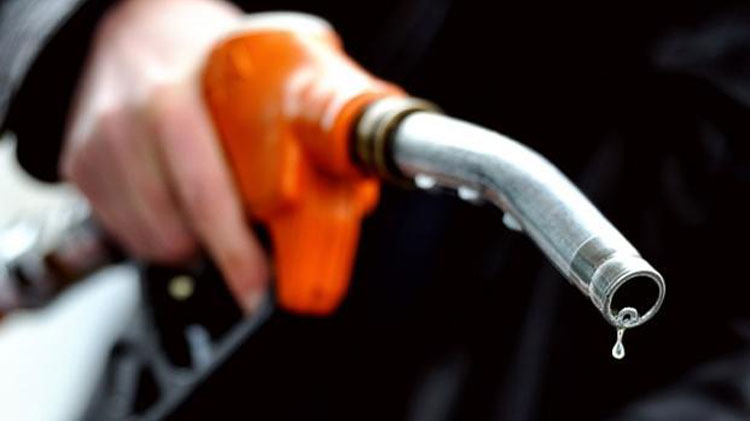
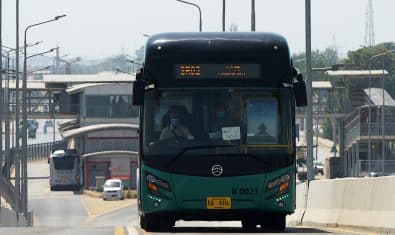
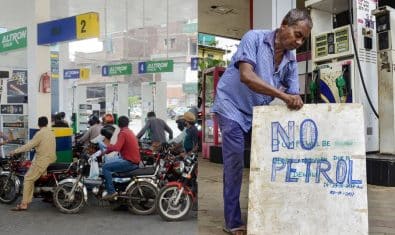


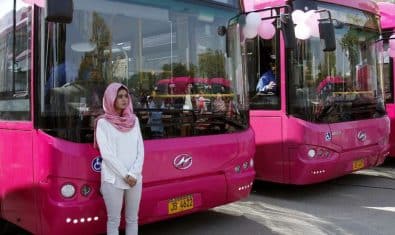

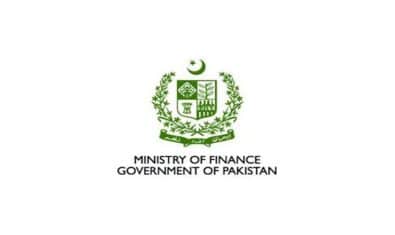
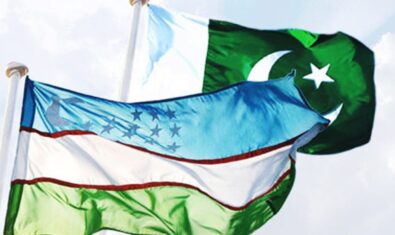

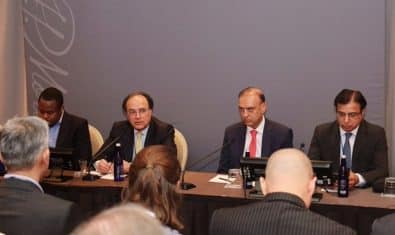
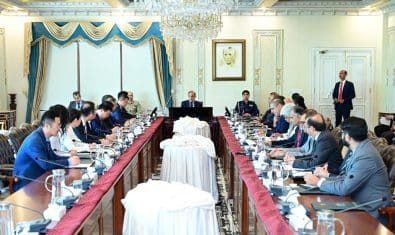




















Even in higher grade petrol they will do mixing at their end.
aare sir woh tu humare DNA main hai, jisko jahan mauqa milta hai wahan hath saaf karta hai.
LOL. Hum log to doodh ki milawat pe ro rahay hain. Yahaan logon ko Petrol ke RON ki pari hai :D XD
doodh ko b choro yahan to khoon men b namak wale pani ki milawat hti ha petrol kia chez ha
I think all they are trying to do is find a way to increase the fuel prices some way or other, ab mango man ko kya pata k petrol 87 RON ha ya 92, usay to 5 Rupay per liter ka teeka lag jana ha.
Well they didn’t took this decision just because of making more money from customers the fact it there was an article in dawn that nearly no one is producing this third rated petrol which is sold in Pakistan in the international markets so they’re having losses in terms of oil import too.
All they are trying to do is jack up the product prices to justify charging higher GST on a expensive product.
Heard of 98 octane. 97???